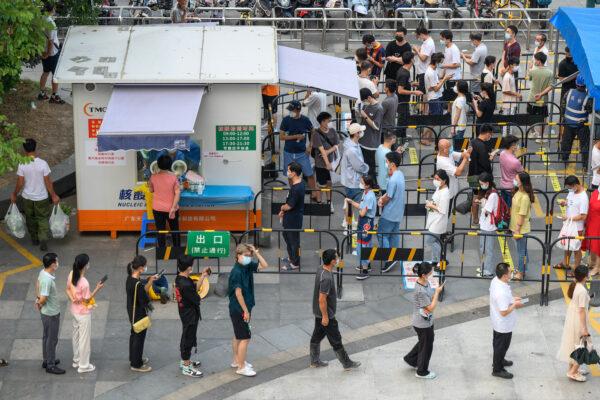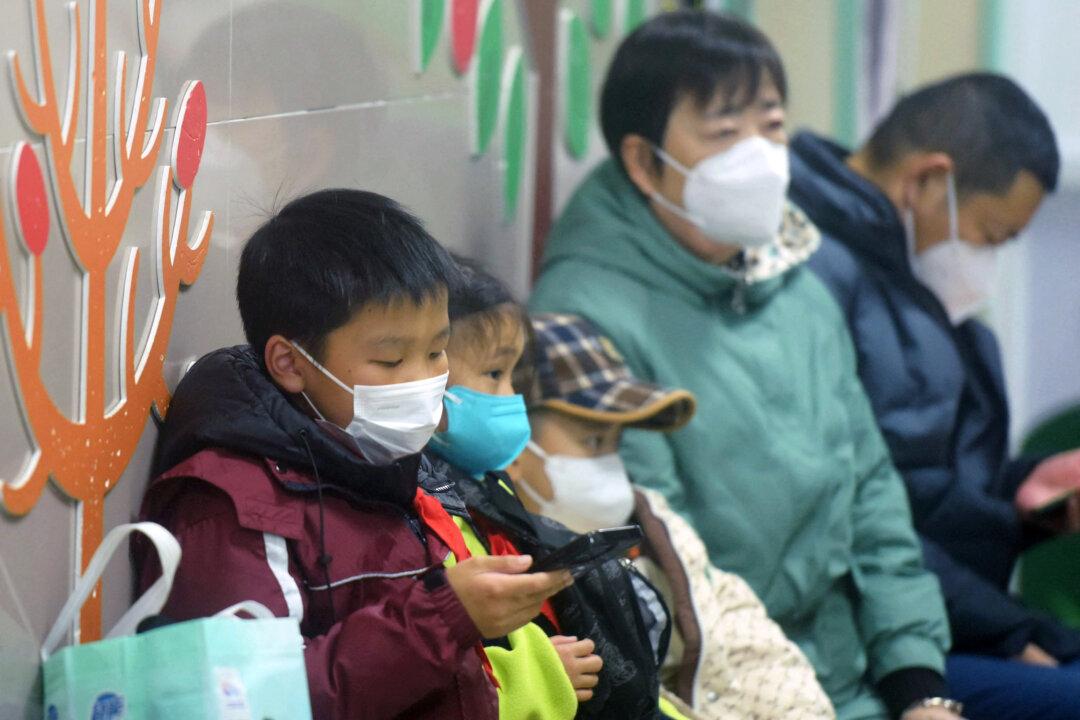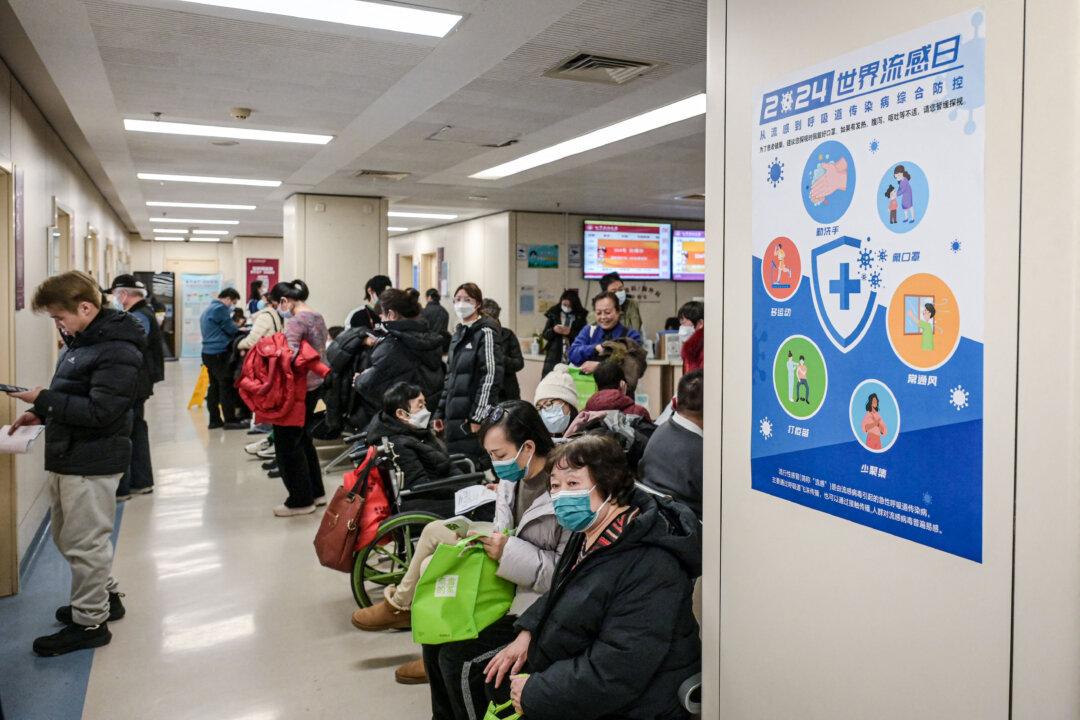The Chinese communist regime said on Nov. 11 that it would relax some COVID-19 restrictions, but reiterated its commitment to its “zero-COVID” policy. The regime has been implementing more lockdowns in its southern megacity of Guangzhou.
The regime’s State Council and the National Health Commission announced 20 relaxation measures for COVID-19 epidemic control on Nov. 11, including reducing the seven-day centralized quarantine to five days of at-home quarantine. It also canceled the controversial circuit breaker mechanism for inbound flights and reduced the two negative PCR test results within 48 hours needed before boarding a flight to one.
Despite the easing, China’s COVID-19 restrictions are still the most restrictive in the world, while other governments have basically allowed their residents to return to normal life.
Also on Nov. 11, Chinese Ministry of Foreign Affairs spokesman Zhao Lijian said at a press briefing that the regime will continue to “unswervingly implement the general policy of ‘zero-COVID.’”
This policy has weighed greatly on China’s economic development and brought immense suffering and countless tragedies to the Chinese people. It has also triggered increasing domestic opposition to the government policies for strict COVID-19 control measures.

At the same time, the CCP’s official media outlets have published commentaries blaming local authorities for the improper roll-out of COVID-19 control measures while they’re implementing CCP leader Xi Jinping’s “zero-COVID” policies.
Regarding the relaxation of some of the control measures, China commentator Zhou Xiaohui pointed out in his column for The Epoch Times, “In the face of an increasingly uncontrollable situation, life under COVID-19 control has become increasingly unbearable for the people. And in a worsening social atmosphere, Xi and the communist regime had to loosen their grip a little to reduce public grievances and the domestic crisis that the regime may usher in by shifting the blame to the local authorities.”
Locking Down Another Megacity
The Chinese regime continues to lock down more cities and conduct mass COVID-19 testing.Guangzhou, the provincial capital of Guangdong, is now on the brink of a city-wide lockdown, with millions of residents undergoing mass testing and being shut in at home.
Haizhu district in the city has already been locked down since Nov. 11, according to an official notice. All residents in the district must stay at home and undergo regular mass PRC testing.
One person in each household is allowed to go out once every day to buy basic necessities nearby.

Public transportation has been suspended, including subways, buses, taxis, and online car-hailing services. The entrances and exits of the highways in Haizhu district are closed, and temporary traffic control has been implemented across the district.
Mr. Chen (a pseudonym), owner of a barbecue restaurant in Haizhu district, has five or six employees who live in two dormitories.
“My restaurant is not allowed to open; food and supplies have not been distributed to us; only the large supermarkets can stay opened, which will have a great impact on the economy,” he told The Epoch Times on Nov. 11.
Chen said that after the lockdown notice was issued, everyone went out to shop to stock up on food.
“There are a lot of people shopping, and if they are slow, the goods will be gone, such as green vegetables are no longer available for grabs,” he said.
Since Nov. 10, a number of high-risk areas and temporary control areas have been added to the lockdown list in other districts of Guangzhou.
Mr. Zhao (another pseudonym), owner of an art studio in Baiyun district of Guangzhou, told The Epoch Times on Nov. 11 that there have been COVID-19 cases reported in various districts in Guangzhou and that basically every village has shut down and many businesses have been suspended for almost a month.
“There are basically barriers on the streets everywhere to blockade various neighborhoods, no more than 500 meters (0.3 mile) away from each other,” Zhao said.




